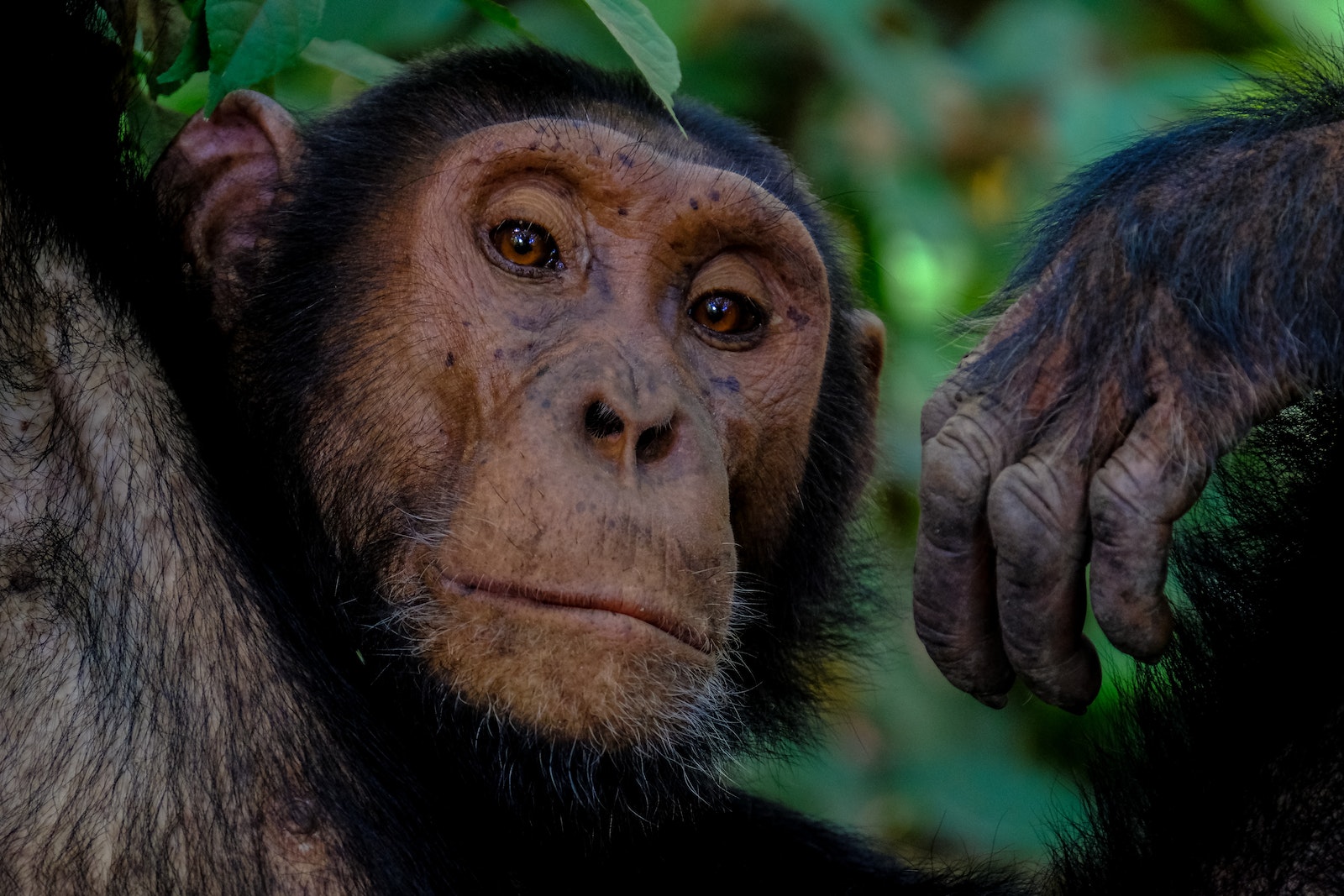Quick Facts about International Primate Day:
- Day of Observance: September 1st
- Main Objective: Raise awareness about the threats primates face and emphasize their ecological and scientific significance.
- Primary Advocates: Conservationists, primate researchers, wildlife organizations, and animal rights activists.
- Key Message: Primates, crucial to our ecosystems and understanding of evolution, are severely threatened and require immediate conservation action.
- Target Audience: General public, scientists, policymakers, environmentalists, and wildlife enthusiasts.
Introduction: The Intriguing World of Primates
International Primate Day, observed annually on September 1st, is a vital reminder of our interconnectedness with the animal kingdom. Primates, ranging from the tiniest lemurs to the majestic gorillas, play a pivotal role in our ecosystems and have deep ties with human evolutionary history. Yet, they are among the most endangered groups of animals on Earth.
Primates at Risk: Unveiling the Threats
Habitat Loss and Fragmentation
Deforestation, urban development, and agriculture expansion are stripping primates of their natural habitats. This reduces their sources of food and shelter and subjects them to dangers like poaching and human-animal conflicts.
Illegal Wildlife Trade
Many primates, such as slow lorises or marmosets, are captured and sold illegally as exotic pets. Others are hunted for their body parts, believed (erroneously) in some cultures to have medicinal properties.
Conservation in Action: Turning the Tide
Protected Reserves and Rehabilitation
Establishing and maintaining protected reserves is crucial for primate survival. Here, they can thrive without immediate anthropogenic threats. Additionally, rehabilitation centers rescue, care for, and, when possible, reintroduce injured or trafficked primates back to the wild.
Research and Monitoring
Understanding primate behavior, ecology, and needs is pivotal for effective conservation. Through field studies and technological advancements like satellite tracking, conservationists can gather essential data to inform their strategies.
How to Contribute to the Primate Cause
Education and Awareness
The first step in conservation is knowledge. By educating ourselves and others about primates and the challenges they face, we can inspire collective action.
Supporting Primate-Centered Organizations
Donating, volunteering, or even adopting a primate through various organizations can provide much-needed funds and aid to the primate conservation cause.
Empower Yourself: Resources for Delving Deeper
- Jane Goodall Institute: Founded by renowned primatologist Dr. Jane Goodall, this organization leads in chimpanzee conservation and promotes the understanding and protecting of all primates.
- Primate Conservation, Inc.: Dedicated to studying, preserving, and maintaining habitats for the world’s least-known and most endangered primates.
- World Wildlife Fund (WWF): While not exclusively focused on primates, WWF has several programs dedicated to conserving primates and their habitats.
Conclusion: Charting a Future for Primates
International Primate Day reminds us of the urgency to act. By understanding the importance of primates for biodiversity and their insights about our species, we can collectively ensure that these incredible creatures continue to thrive for generations.

